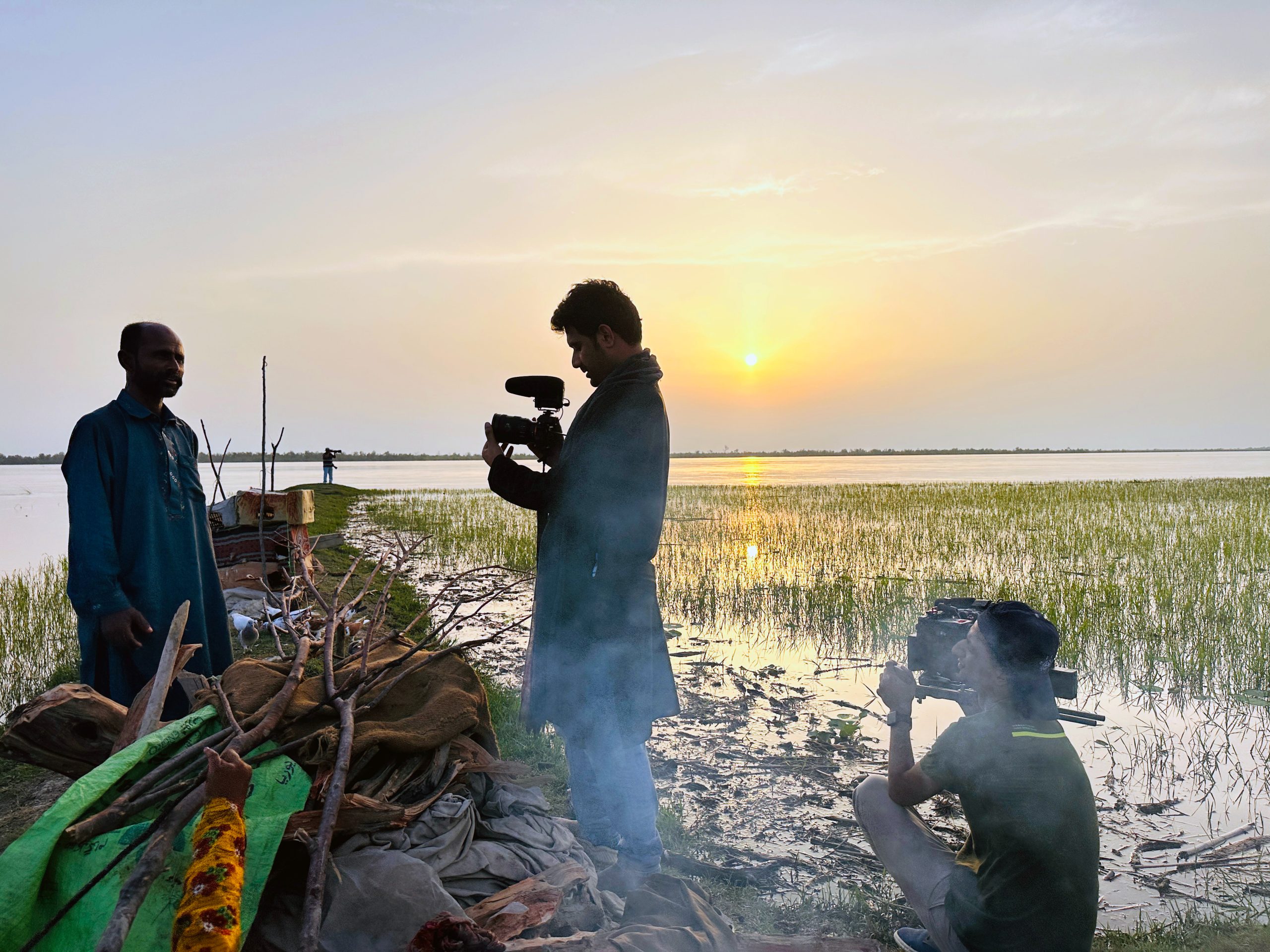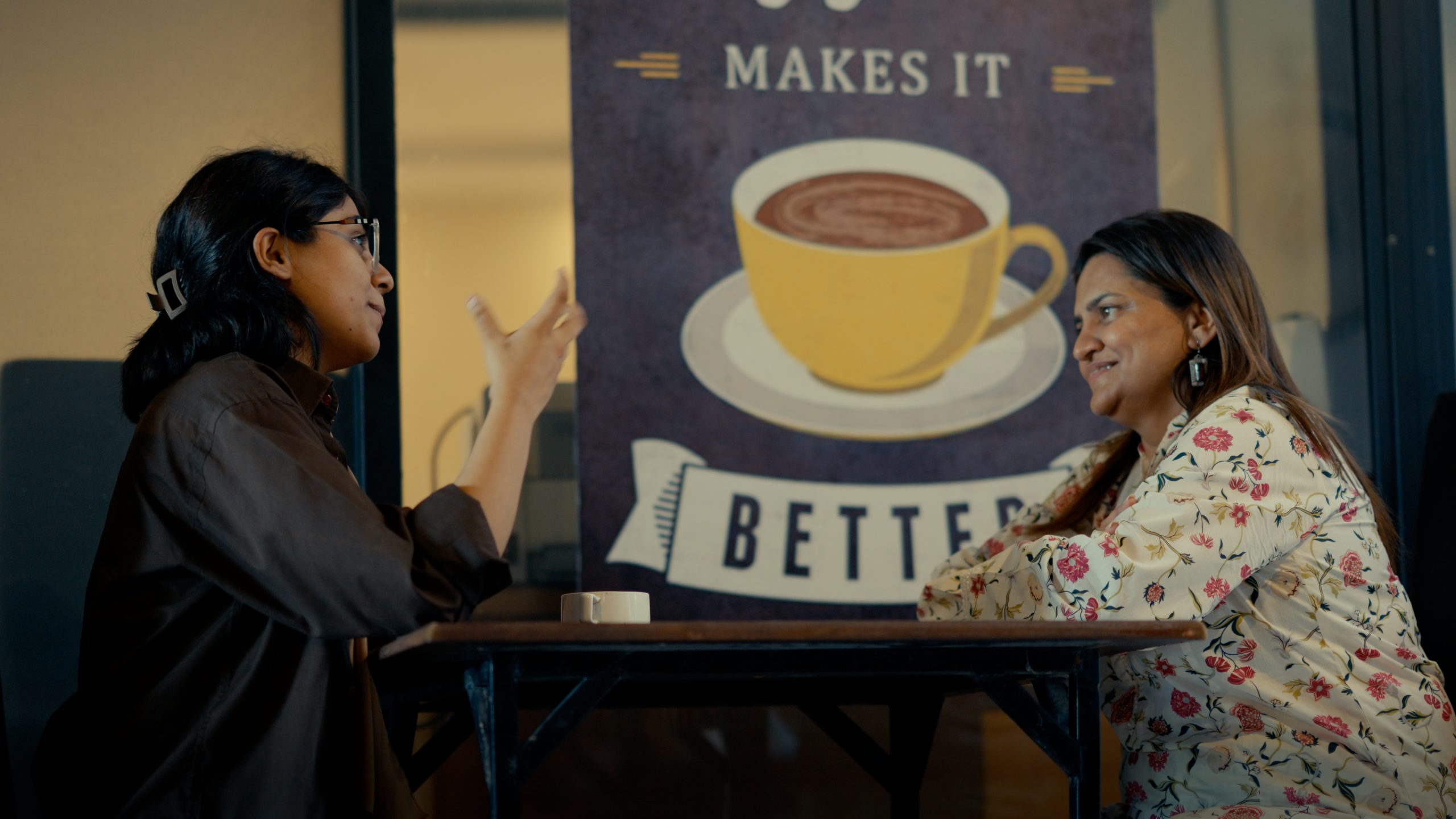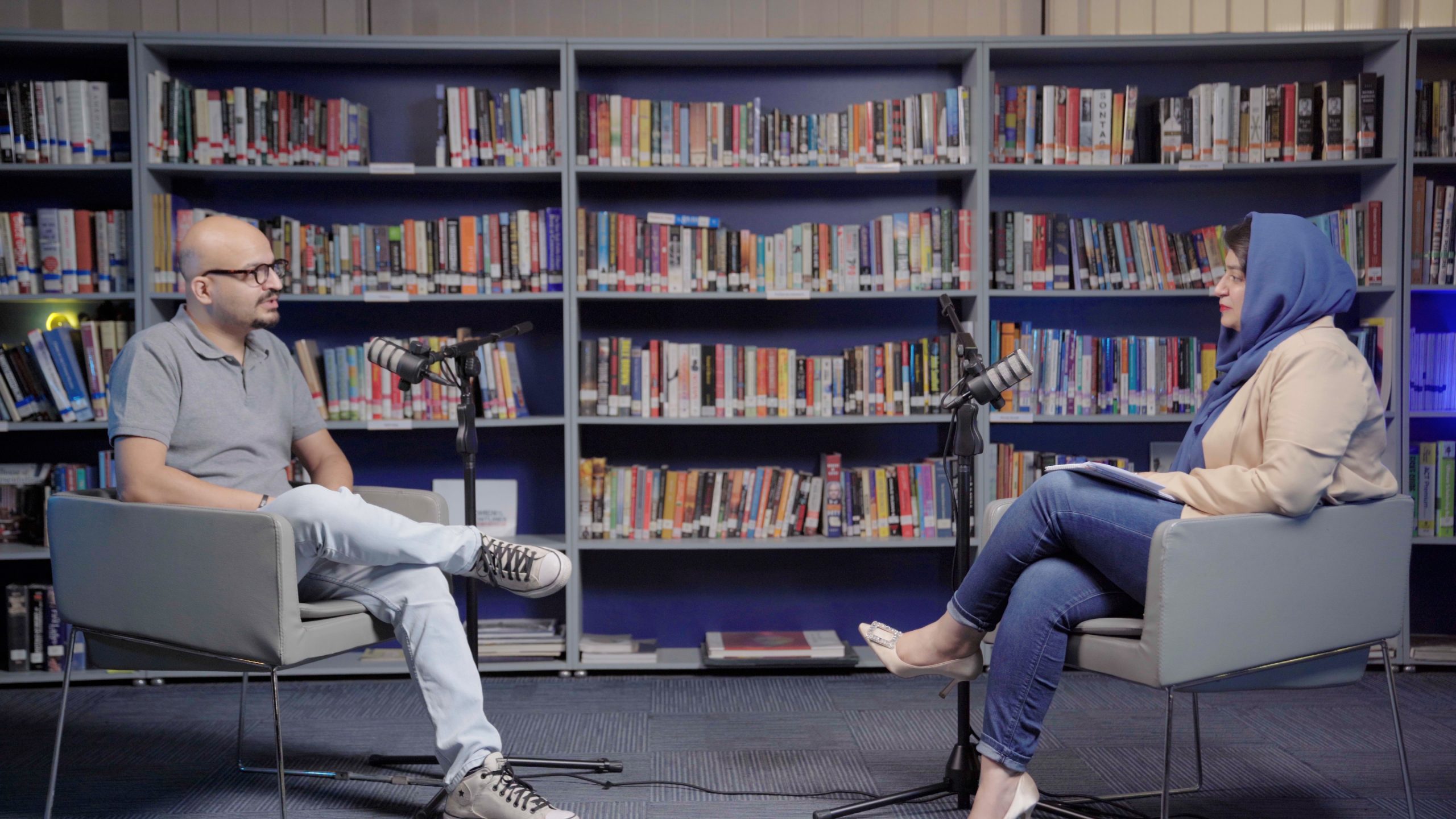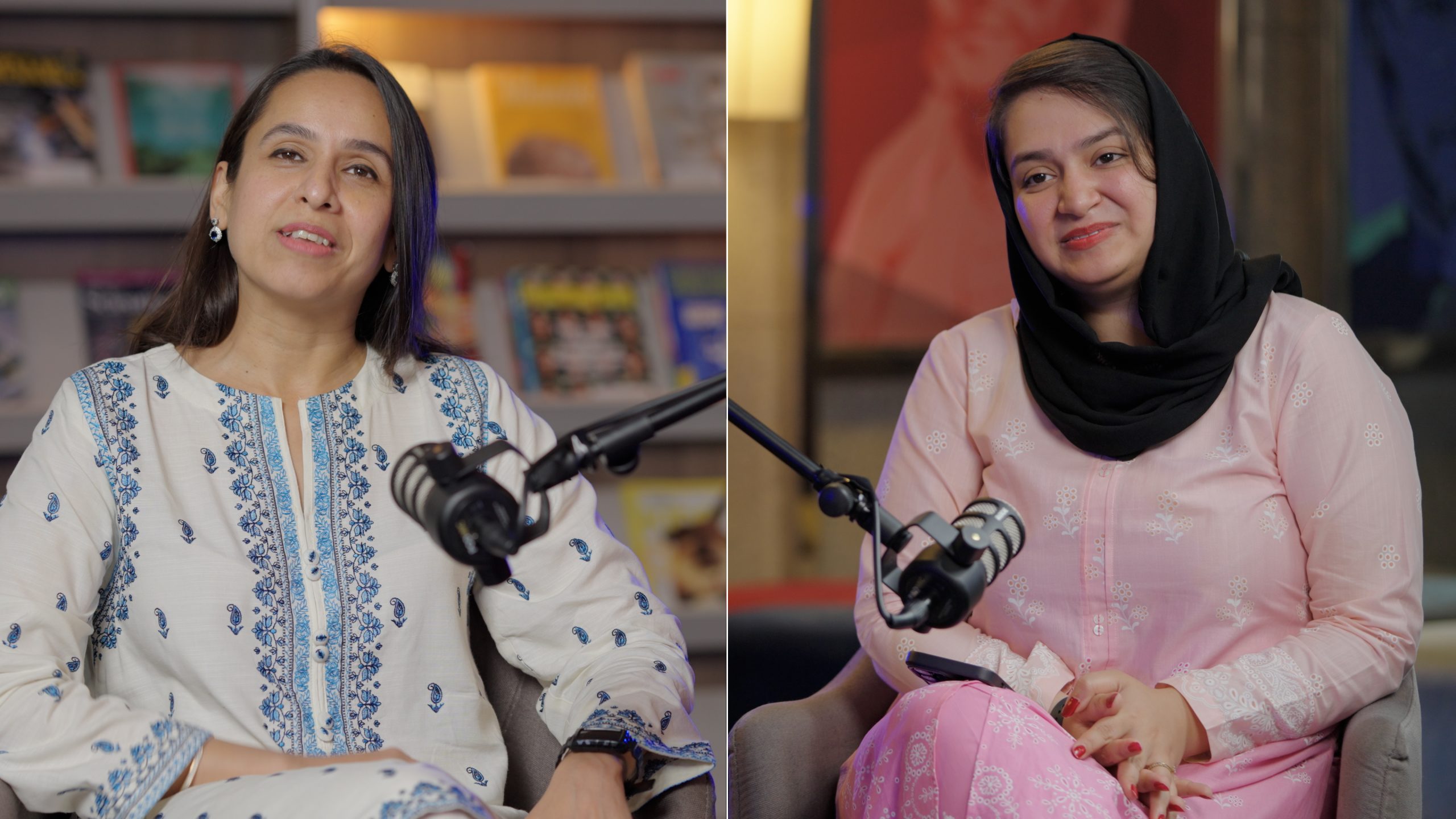
How to Film Interviews for a Documentary: Tips from a 15-Year Filmmaking Veteran
Ever watched a documentary and wondered why a particular interview feels so powerful? Interviews are the backbone of many documentaries, shaping how audiences connect with the story. At Jawad Sharif Films, we have experimented with different styles over the years. Here is a simple guide to some common interview styles, along with tips on how to use them effectively.
1. The Standard Documentary Interview
This is the classic format you’ve seen in countless films. The subject sits slightly off-centre, looking just beside the camera.
Tips for better results:
-
Position the interviewer close to the camera lens so the eye line feels natural.
-
Make sure both eyes of the subject are visible for a stronger connection with the audience.
-
Use a second camera for side angles or add gentle camera movement to avoid a static look.
-
Always seat the subject facing the key light, creating depth and cinematic shadows.
Pro: Simple, reliable, and widely used.
Con: Can feel traditional and less creative if not elevated with extra visuals.

2. The Conversational Style

This approach involves two people talking naturally. It often requires two cameras to capture both participants or a mix of primary shots and reaction shots. When done well, it feels intimate and real-time.
We have used this in podcasts and casual interviews, and it works best when the conversation flows naturally without heavy scripting.
3. Host Plus Standard
Here, the standard interview setup includes the host in the reverse angle. It is often used in news or journalist-led documentaries. The audience sees who the interviewee is talking to, making the interaction feel more transparent. This works well when the host is part of the narrative.

4. Host Plus Conversation
This is similar to the conversational style but with a guiding host who shapes the discussion without breaking its natural flow. It is casual, relaxed, and helps the subject feel comfortable while still keeping the conversation on track.
5. Voiceover-Led Narration
Sometimes, the most powerful way to tell a story is to use the interviewee’s words as voiceover, supported by B-roll or real-time scenes. In this case, the person might not appear on screen at all, except for brief moments.
This approach keeps the visuals engaging while still delivering the emotional core of the interview. Always ensure your B-roll is meaningfully connected to what is being said.

Final advice
The most important part of any documentary interview is the story you are telling. Choose the style that best supports your narrative. Whether you use a safe, standard setup or experiment with conversation-driven formats, remember that authenticity is what makes an interview resonate.
Good lighting, thoughtful camera placement, and a genuine connection with your subject can transform a simple Q&A into a memorable cinematic moment.
If you are looking to create a documentary that blends technical expertise with powerful human storytelling, Jawad Sharif Films can bring your vision to life. Our team has years of experience crafting impactful films with compelling interviews that connect deeply with audiences.
Interested in making a film with us, please reach out
